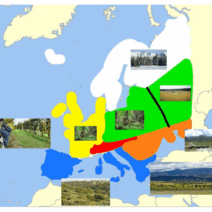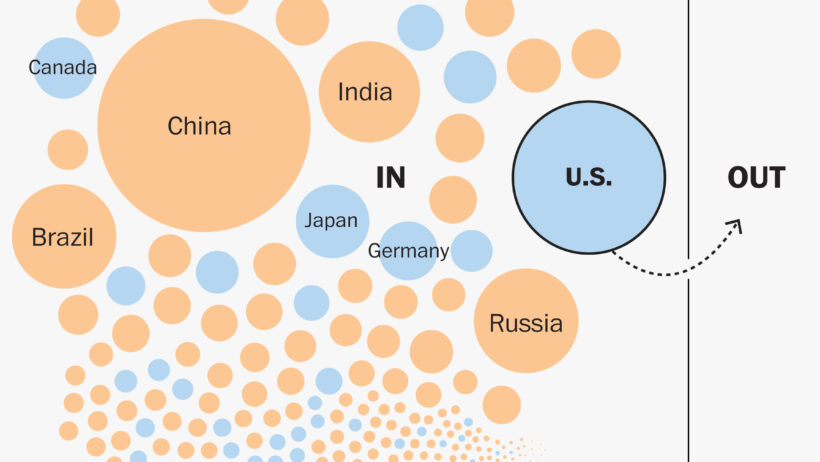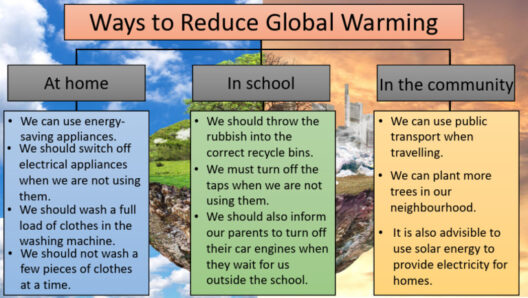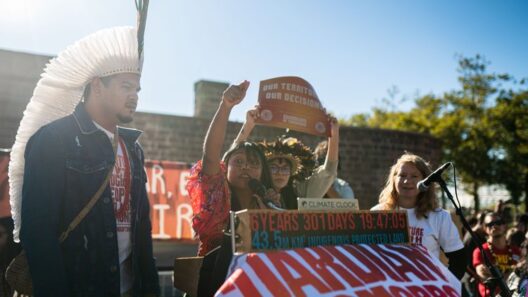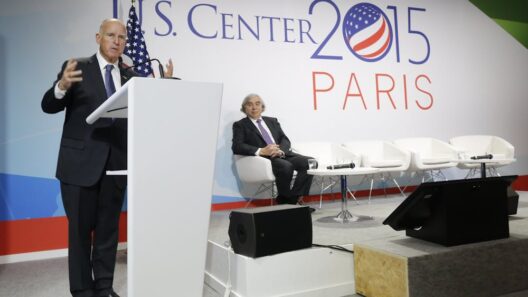The Paris Climate Change Agreement, adopted on December 12, 2015, during the 21st Conference of the Parties (COP21) in Paris, represented a historic turning point in global environmental policy. The agreement marked an unprecedented collaborative effort among nations to combat climate change and mitigate its impacts. With far-reaching implications, it aimed to limit global warming to well below 2 degrees Celsius above pre-industrial levels, and to pursue efforts to restrict the temperature increase to 1.5 degrees Celsius. Understanding which countries signed this pivotal accord is fundamental for grasping the global commitment towards environmental sustainability.
When listing nations that ratified the Paris Agreement, one must acknowledge that nearly every country in the world participated. In total, as of October 2023, 195 countries signed the agreement, illustrating the universal recognition of the climate crisis threatening not only the natural environment but also economic systems, human health, and social structures. This widespread assent can be attributed to an increasing awareness of climate change’s existential risks. Major emitters such as the United States, China, and the European Union accepted their roles, signaling that tangible action was imperative.
The United States initially played a crucial role in the negotiation of the agreement under the Obama administration, which highlighted the nation’s commitment to reducing greenhouse gas emissions. However, subsequent political shifts led to a temporary withdrawal from the accord in 2017 under President Trump’s administration. The geopolitical implications of this withdrawal ignited debates about national responsibilities in global environmental governance. Nevertheless, the U.S. rejoined the Paris Agreement in 2021, demonstrating a renewed commitment to international climate initiatives.
China, the world’s largest emitter of carbon dioxide, is another critical participant in the agreement. With a rapidly expanding economy, China faces the dual challenge of maintaining economic growth while transitioning to sustainable practices. Its commitment to the Paris Agreement includes setting ambitious goals to peak carbon emissions before 2030 and achieving carbon neutrality by 2060. This balancing act highlights the complex dynamics of development and environmental responsibility that many nations grapple with today.
The European Union stands as a paragon of climate leadership, positioning itself at the forefront of global climate initiatives. Collectively, EU member states committed to reduce their greenhouse gas emissions by at least 40% by 2030 compared to 1990 levels. This coalition underscores the importance of regional collaboration in addressing climate change, pushing for innovative strategies across member nations while supporting global initiatives as well.
As one examines the roster of signatory countries, it becomes clear that the agreement attracted participation from both developed and developing nations. Countries such as India and Brazil, both significant contributors to global emissions but facing different socio-economic challenges, have made commitments tailored to their unique circumstances. India pledged to increase its renewable energy capacity and reduce the carbon intensity of its economy, while Brazil emphasized the need to protect its vast Amazon rainforest, an essential carbon sink.
Moreover, smaller island nations, such as Fiji and the Maldives, joined with a passionate urgency, highlighting the precariousness of their existence amidst rising sea levels. The plea from these vulnerable states emphasizes a deeper moral responsibility that resonates globally: climate change is not only an environmental issue, but a matter of social justice. The pact caters to this sentiment, allowing these nations to advocate for stronger global action towards reducing emissions, thereby securing their futures.
The intricacies of the Paris Agreement extend beyond signatory countries. It encompasses a framework for global transparency, requiring nations to report their emissions and progress periodically. This system of accountability is crucial for fostering trust and encouraging collective action. The formation of the Green Climate Fund is another significant aspect, providing financial assistance to developing countries to aid in transitioning towards sustainable practices. This mechanism reflects a recognition that wealthier nations bear a historical responsibility for emissions, necessitating equitable support for more vulnerable countries.
Despite the substantial number of signatories, the effectiveness of the Paris Agreement remains under scrutiny. Some critics assert that merely signing is insufficient; the execution of ambitious national climate plans (known as Nationally Determined Contributions, or NDCs) is paramount for real progress. Vigilance and pressure from civil society organizations amplify calls for accountability, pushing governments to fulfill their promises and enhance their commitments to climate action. This dichotomy between aspiration and execution highlights an ongoing tension in international climate relations.
The fascination with the Paris Agreement and its signatory nations stems from our intrinsic connection to the environment and an innate desire for collective progress. The commitment to climate change proves that, despite diverse political systems, economies, and cultures, a significant portion of humanity agrees on the urgency to protect the planet. This shared concern opens a door for deeper dialogue on sustainability, innovation, and adaptation strategies.
In retrospect, the countries that endorsed the Paris Agreement illustrated commitment in a time of urgent climate crisis. By collaborating, they forged pathways towards sustainable futures, underscoring the collective moral imperative for immediate action. As citizens of an interconnected world, it is incumbent upon us to follow suit—advocating for robust actions that honor the commitments made by nations, while actively participating in the transition to a sustainable landscape that future generations can thrive in.
